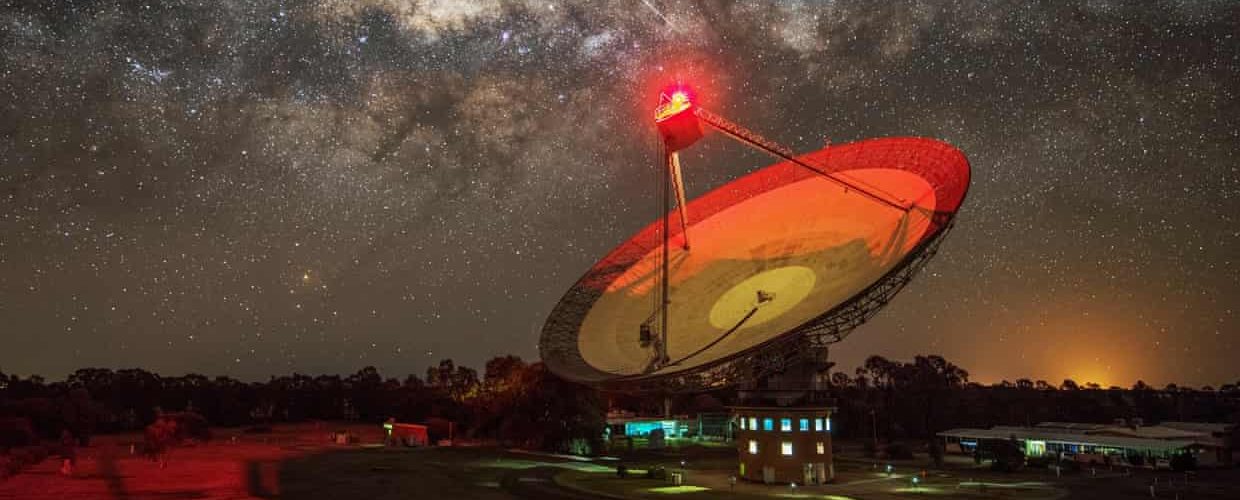Scientists looking for aliens investigate radio beam ‘from nearby star’
在迄今为止最广泛的外星生命搜索背后,天文学家们正在调查一种有趣的无线电波发射,它似乎来自半人马座近邻的方向,半人马座近邻是离太阳最近的恒星。
Astronomers behind the most extensive search yet for alien life are investigating an intriguing radio wave emission that appears to have come from the direction of Proxima Centauri, the nearest star to the sun.
据英国《卫报》了解,去年4月和5月,澳大利亚帕克斯望远镜在30个小时的观测中发现了这一窄束无线电波。对光束的分析已经进行了一段时间,科学家们还没有确定地面设备或经过的卫星等地面罪魁祸首。
The narrow beam of radio waves was picked up during 30 hours of observations by the Parkes telescope in Australia in April and May last year, the Guardian understands. Analysis of the beam has been under way for some time and scientists have yet to identify a terrestrial culprit such as ground-based equipment or a passing satellite.
在这项耗资1亿美元(7000万英镑)的突破性监听项目中,天文学家通常会用帕克斯望远镜或西弗吉尼亚州的格林银行天文台发现奇怪的无线电波爆炸,但迄今为止,所有这些都是由于人为干扰或自然来源造成的。
It is usual for astronomers on the $100m (£70m) Breakthrough Listen project to spot strange blasts of radio waves with the Parkes telescope or the Green Bank Observatory in West Virginia, but all so far have been attributed to human-made interference or natural sources.
最新的“信号”可能也有一个普通的解释,但窄波束的方向,大约980MHz,以及它的频率明显的变化,据说与行星的运动一致,增加了这一发现的诱人性质。据英国《卫报》报道,科学家们目前正在准备一份名为BLC1的关于光束的论文,用于探索太空生命证据的突破性研究项目Listen。
The latest “signal” is likely to have a mundane explanation too, but the direction of the narrow beam, around 980MHz, and an apparent shift in its frequency said to be consistent with the movement of a planet have added to the tantalising nature of the finding. Scientists are now preparing a paper on the beam, named BLC1, for Breakthrough Listen, the project to search for evidence of life in space, the Guardian understands.
原文来自The Guardian
翻译:STARSET_Mirror翻译组
审校:STARSET_Mirror翻译组











